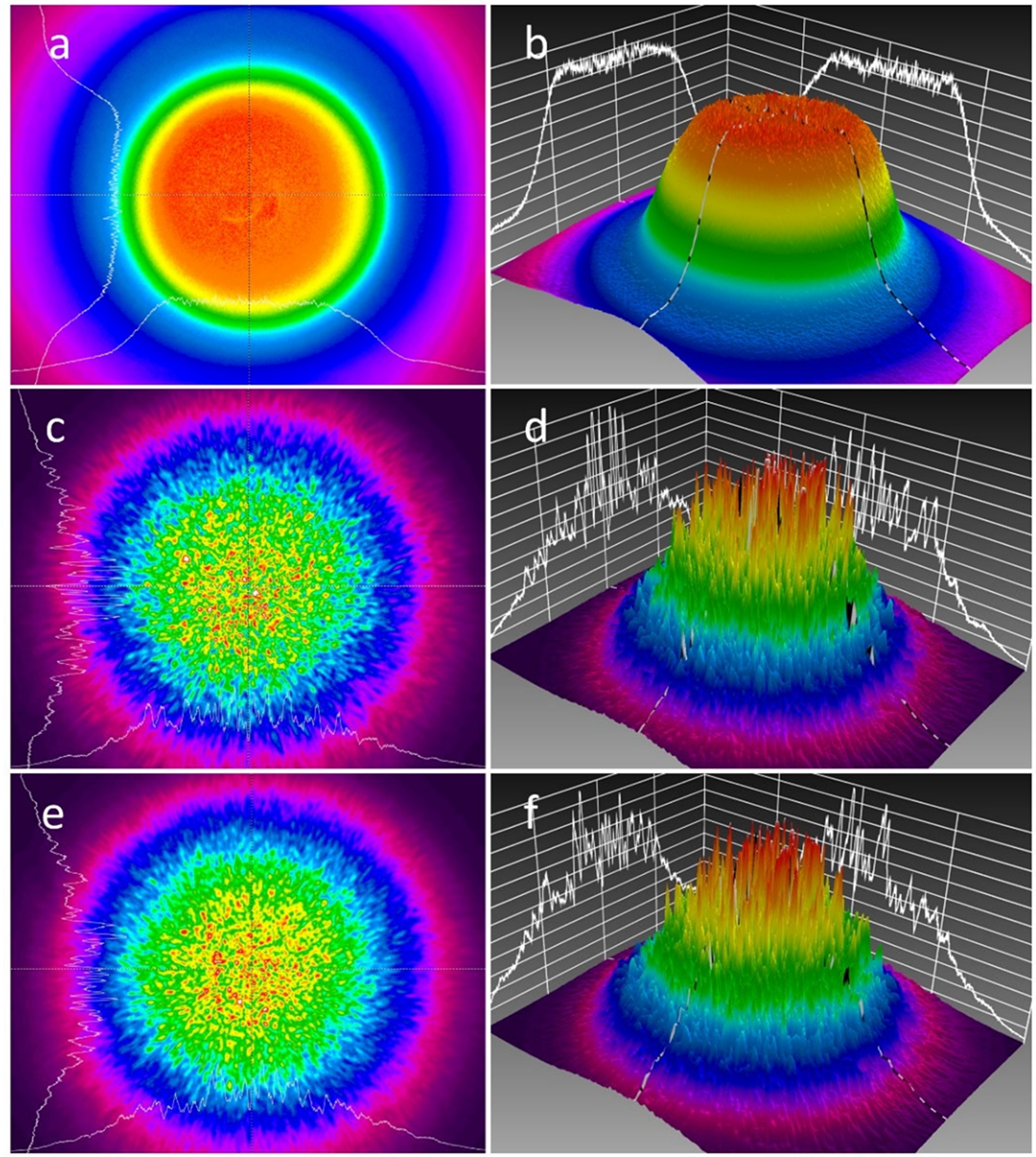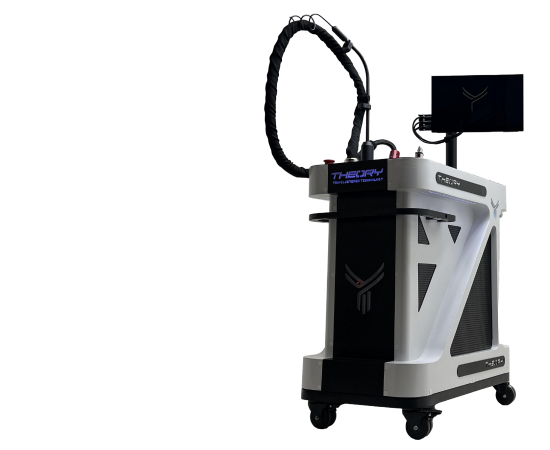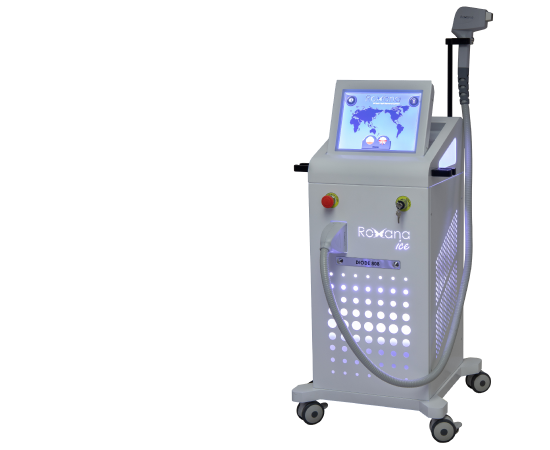"Laser Hair Removal: Technology, Wavelengths, and Effectiveness"
Reasons for Turning to Laser Hair Removal Technology
From ancient times, the removal of unwanted hair has been one of humanity’s primary concerns in the realm of beauty and personal hygiene. Unwanted hair, which grows in undesirable areas of the body, can affect not only an individual’s appearance but also their quality of life from psychological and social perspectives. With technological advancements, various methods have been developed for removing these hairs, among which laser hair removal is recognized as one of the most effective and advanced techniques. Below, we will explore the reasons for the adoption of laser hair removal technology, the mechanism behind the growth of unwanted hair, and the factors driving humanity’s quest for permanent solutions in this field.
Saving Time and Costs in the Long Term
While the initial cost of laser hair removal sessions may seem high, in the long term, this method proves to be more cost-effective than temporary methods like waxing or frequent shaving. Moreover, laser sessions require significantly less time compared to traditional methods.
The Need for Permanent and Effective Hair Remova
Traditional methods such as shaving, waxing, and the use of depilatory creams generally provide temporary results and require constant repetition. This continual repetition can be tiresome and time-consuming. Laser hair removal, by targeting hair follicles and reducing regrowth, offers a long-term and effective solution that eliminates the need for repetitive traditional methods.
Reducing Side Effects of Traditional Methods
Traditional hair removal methods are often associated with side effects such as irritation, cuts, burns, ingrown hairs, and skin discoloration. In contrast, laser hair removal, with minimal side effects, provides a more comfortable and safer experience for individuals.
Improved Confidence and Appearance
The presence of unwanted hair in various parts of the body can negatively impact an individual’s confidence. This is particularly evident in modern societies, where beauty and a well-groomed appearance are highly valued. By removing unwanted hair, laser hair removal helps improve one’s appearance and boosts their confidence.
Hair Growth Cycle
To better understand the reasons behind unwanted hair growth, one must first be familiar with the hair growth cycle, which consists of three main stages:
- Anagen Phase (Active Growth): In this phase, the hair follicle actively grows. This phase can last several years.
- Catagen Phase (Transitional Phase): Hair growth stops, and the follicle begins to shrink. This phase lasts approximately 2 to 3 weeks.
- Telogen Phase (Resting Phase): Hair falls out during this phase, and the follicle prepares to start a new cycle. This phase typically lasts a few months.
Factors Influencing Unwanted Hair Growth
- Genetic Factors: Genetics play a significant role in determining the amount and pattern of body hair growth.
- Hormonal Changes: Androgen hormones, such as testosterone, are responsible for the growth of thick hair in specific areas of the body. An increase in these hormones, especially in women (e.g., Polycystic Ovary Syndrome or PCOS), can lead to unwanted hair growth.
- Environmental Factors: Certain medications, such as corticosteroids, can cause an increase in unwanted hair growth.
- Medical Conditions: Endocrine disorders and certain underlying diseases can also result in abnormal hair growth.
The Mechanism Behind Unwanted Hair Growth in the Body

One notable feature of laser hair removal is the variety of wavelengths used, selected based on skin type and hair color. The three primary wavelengths most commonly used include 755 nm (Alexandrite laser), 808 nm (Diode laser), and 1064 nm (Nd:YAG laser). Each of these wavelengths has unique properties and is suitable for different groups of individuals with varying skin and hair types. Alexandrite lasers with a wavelength of 755 nm are particularly effective for lighter skin tones and fine hair, providing quick results due to high melanin absorption. In contrast, Diode lasers with a wavelength of 808 nm penetrate deeper and are better suited for darker skin tones and coarse hair. Nd:YAG lasers with a wavelength of 1064 nm, with the least absorption by skin melanin, are an ideal option for individuals with darker skin, as they minimize the risk of burns and pigmentation changes.
Modern laser hair removal devices come with contact and non-contact designs, each offering specific advantages. In contact devices, the laser applicator directly touches the skin’s surface, improving energy transfer and reducing the risk of damage to surrounding tissues. These devices typically feature cooling systems to minimize pain and prevent skin burns. On the other hand, non-contact devices operate at a specific distance from the skin, evenly directing laser beams onto the skin surface. These devices are especially suitable for sensitive areas or individuals who are sensitive to direct contact with the device.
Laser hair removal technology, in addition to its high efficacy, offers numerous benefits, making it one of the best options for unwanted hair removal. Unlike traditional methods such as waxing or shaving, it provides long-lasting results and gradually reduces hair density and thickness over time. Additionally, laser hair removal is a relatively fast procedure, capable of covering large areas of the body in short sessions. Since the process destroys the hair roots, the likelihood of regrowth in the form of ingrown hairs is also minimized.
Furthermore, numerous scientific studies have confirmed the effectiveness and safety of this method. Research indicates that after several treatment sessions, hair growth is significantly reduced, and in many cases, hair is permanently eliminated. However, final results may vary depending on an individual’s skin type, hair color, and hormonal factors. Therefore, consulting a dermatologist before starting treatment is essential to determine the best type of laser and the required number of sessions for each person.
In summary, laser hair removal, as an advanced and effective method, utilizing different wavelengths and modern technologies, has become a reliable solution for many individuals. This method not only removes unwanted hair but also provides a unique experience in beauty and skincare with reduced side effects and long-lasting results.
Reasons for Humanity's Pursuit of Permanent Solutions for Unwanted Hair Removal
Cultural and Social Factors
In many cultures, having smooth and hair-free skin is considered a standard of beauty and personal hygiene. These beliefs and social expectations have driven individuals to seek effective and permanent solutions for unwanted hair removal.
The Need for Comfort and Convenience
The repeated removal of unwanted hair using traditional methods is often painful, time-consuming, and exhausting. Humanity has always sought methods to make this process simpler and less painful. Laser hair removal, with its long-lasting results, eliminates the need for constant repetition.
Medical and Hygienic Considerations
In some cases, unwanted hair can lead to problems such as skin infections or ingrown hairs. Permanent removal of these hairs can contribute to improved skin health.
Scientific and Technological Advancements
With the development of new technologies, more effective and safer treatments have become available. Laser hair removal is one such advancement that, by leveraging cutting-edge technology, has successfully addressed the needs of humanity in this regard.
Laser hair removal, recognized as one of the most advanced and efficient methods for eliminating unwanted hair, has revolutionized the world of beauty and skincare. This technology, utilizing modern techniques and various wavelengths, has become a reliable and effective method for removing unwanted hair. In this process, laser beams are precisely directed at hair follicles, and the laser energy is absorbed by the melanin in the hair root. This energy absorption generates heat in the follicle, destroying the cells responsible for hair growth. As a result, the hairs gradually weaken, and their growth significantly diminishes over time.

755 nm Wavelength (Alexandrite Laser)
The 755 nm wavelength, associated with Alexandrite lasers, is generally recommended for individuals with lighter skin tones and thin or medium-thick hair. This wavelength, due to its high melanin absorption, is relatively effective for removing thin and light-colored hair. It penetrates deeper into the skin without damaging surrounding tissues. Alexandrite lasers require more efficient cooling systems to reduce pain and prevent skin damage.
808 nm Wavelength (Diode Laser)
The Diode laser with an 808 nm wavelength is suitable for various skin types, including darker skin tones. This wavelength strikes a balance between surface and deeper penetration, reducing the risk of burns for darker skin. As one of the most popular technologies for hair removal, the Diode laser is widely used for its high efficiency and safety. It is suitable for most skin types and poses less risk of skin damage compared to Alexandrite lasers.
1064 nm Wavelength (Nd:YAG Laser)
The 1064 nm wavelength is generally used for darker skin tones and coarse hair. Compared to other wavelengths, it penetrates deeper into the skin and has the least absorption by melanin, reducing the likelihood of damage to darker skin. Nd:YAG lasers target deeper follicles, making them effective for reducing hair growth in darker skin tones and coarse hair.
Overview of Wavelengths and Laser Technology
Different lasers for hair removal are compatible with various skin types and hair textures based on their wavelengths. A detailed review of these wavelengths is provided below:

Contact Lasers
In contact lasers, the device’s handpiece is directly applied to the skin surface. This method enables effective cooling of the skin, reducing pain and minimizing the risk of burns. Contact lasers use cooling gels or internal cooling systems, ensuring that the heat generated by the laser beam is less transferred to the skin surface, focusing more energy on hair roots. This method is particularly recommended for sensitive skin or individuals with a lower pain threshold.
Non-Contact Lasers
As the name implies, non-contact lasers do not require direct contact with the skin. The laser beam is projected onto the skin from a specific distance. This technology helps reduce the risk of microbial transmission and infection, making it ideal for individuals with sensitive skin or hygiene concerns. Although cooling may be less effective in this type, modern non-contact laser devices are equipped with advanced and efficient cooling systems, designed to reduce pain while delivering precise laser energy to hair follicles.
Contact and Non-Contact Lasers

Laser technology for hair removal works by directing light beams at specific wavelengths toward hair follicles. These beams are absorbed by the melanin in the hair root, converting their energy into heat, which in turn destroys the follicle. This destruction either prevents hair regrowth or significantly reduces it. The commonly used wavelengths include 755 nm (Alexandrite), 808 nm (Diode), and 1064 nm (Nd:YAG), chosen based on the individual’s skin type and hair color.
Additionally, contact and non-contact technologies are utilized to provide a safer and more comfortable experience for patients. In contact technology, the device directly touches the skin, helping transfer heat and reduce pain. In contrast, non-contact technology applies the laser from a specific distance, reducing the risk of infection or skin irritation.
Laser Technology in Hair Removal

Advantages of Laser Hair Removal
Laser hair removal offers distinct advantages compared to traditional methods such as shaving, waxing, and epilation:
- Long-Term Hair Growth Reduction:
By destroying hair follicles, laser treatments reduce hair growth over the long term, minimizing the need for frequent sessions. - High Safety and Minimal Damage to Surrounding Tissues:
Specific laser wavelengths target only the melanin in hair follicles, causing minimal damage to the skin. - Reduced Pain and Increased Comfort:
The use of cooling systems in both contact and non-contact technologies reduces pain and ensures a more comfortable experience for the patient. - Predictable and Effective Results:
With the appropriate wavelength chosen based on the patient’s skin type and hair texture, laser treatments deliver effective and predictable results. - Applicability for All Skin Types:
The variety of wavelengths allows specialists to select the best option for all skin and hair types, ranging from light skin with fine hair to dark skin with coarse hair.


Clinical Evidence and Effectiveness Results
Numerous clinical studies have confirmed the effectiveness and safety of laser hair removal. Research conducted on lasers with wavelengths of 755 nm, 808 nm, and 1064 nm has demonstrated that all three wavelengths effectively reduce hair growth. Clinically, devices using 808 nm (Diode) and 1064 nm (Nd:YAG) wavelengths have shown significant results in treating darker skin types. Similarly, Alexandrite lasers with a 755 nm wavelength have been most effective for lighter skin tones and finer hair.
Studies have also shown that combining contact technology with cooling systems in laser devices reduces side effects such as redness and inflammation, minimizing the likelihood of adverse reactions. Consequently, laser hair removal has become a standardized, safe, and effective method widely used in reputable clinics.
RELATED DEVICES

Roxana Sense
The Roxana SENSE laser uses 755, 808, and 1064 nm wavelengths for safe, efficient, and pain-free hair removal across all skin and hair types.

Theory
The 3-wavelength Diode-Ice THEORY laser system is an advanced technology for effective, safe, and versatile hair removal using 755nm, 808nm, and 1064nm wavelengths, targeting...

Roxana-Ice
The Diode-Ice 808 Laser System is a professional hair removal device with an 808nm wavelength, offering safe, effective treatment with precise energy control, cooling, and...

